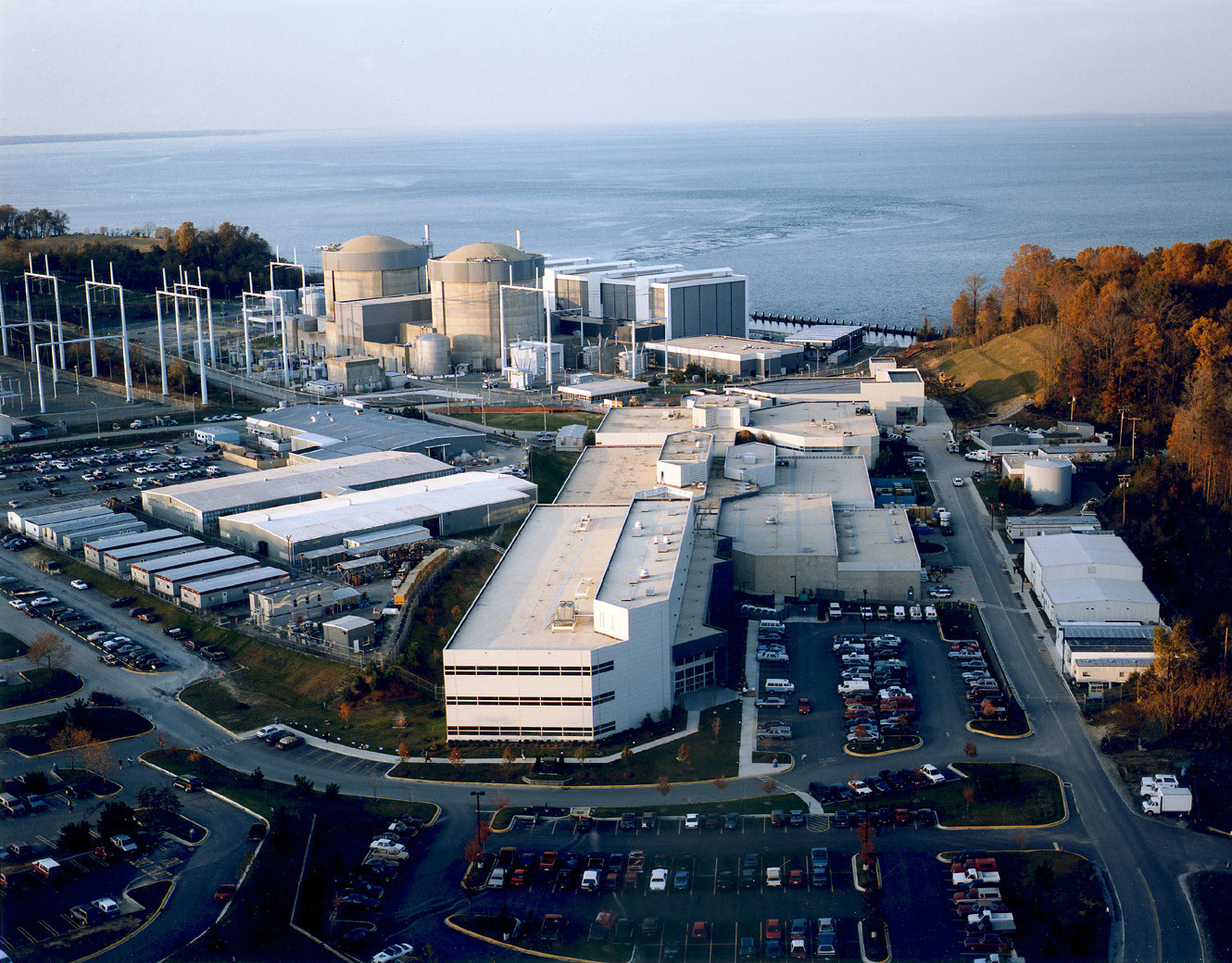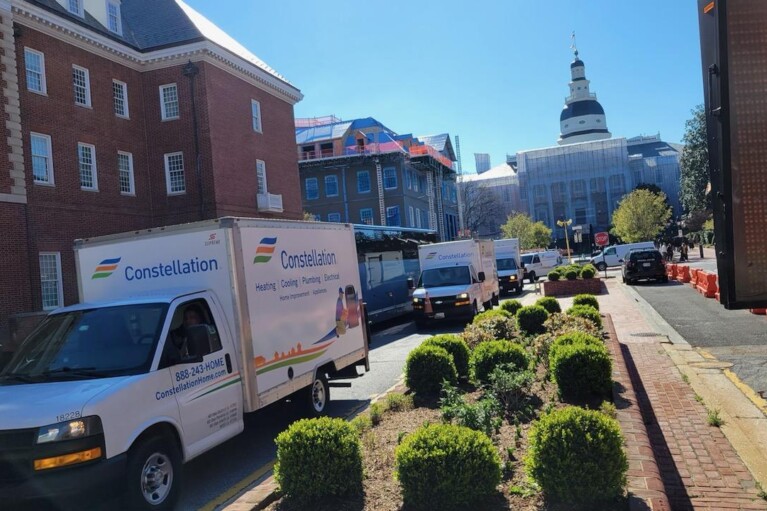Ocean City Wind Projects Hostage to Messy Appropriations Process
Offshore wind energy was on its way to the Free State, but now that may be on standby.
Its fate may be determined by the U.S. Senate — or by a Capitol Hill conference committee.
The Maryland Public Service Commission on May 11 approved two separate projects to be built off the coast of the state. Last week, Rep. Andy Harris (R-Md.) inserted an amendment into a House spending bill to push the wind mills back further from the shore — effectively killing the projects.
The bill governed spending at the U.S. Department of the Interior – where the Bureau of Ocean Energy Management would ultimately have say over the wind projects.
The next stop is the Senate, which could take up the Interior spending measure as early as next week. Environmental groups and Democratic lawmakers are not standing idly by.
“We are encouraging our members to speak out and we are asking our senators to block the amendment,” said Kathy Phillips, executive director of Assateague Coastal Trust.
Green groups argue that Harris is hindering the advancement of renewable energy in the state. Harris’ amendment mandates that no proposal for wind energy be accepted unless the wind turbines are 24 nautical miles from the Maryland shoreline. This distance restriction is said to prevent changing the viewscape — a major concern of officials and residents in Ocean City, the popular tourist town.
“Ocean City’s economy heavily relies on its real estate and tourism sectors, and there has not yet been a proper examination on whether construction of these wind turbines will have a negative economic impact on the community,” Harris said in a statement. “If construction of these turbines too close to the shoreline will reduce property value or tourism, then the turbines may cause more issues than they solve.”
The U.S. Wind project, which would consist of 41 turbines 17 miles from shore, is designed to connect to the electric grid at the Indian River Substation in Delaware. The Skipjack project, 15 turbines about 19 ½ miles from shore, would connect to the grid at an Ocean City electrical substation.
The debate over the projects has produced some rare political dissidence on the Eastern Shore. While Ocean City officials are hesitant about the wind farms, others see an economic benefit.
The two projects are expected to cost the developers $1.8 billion and create over 9,000 new jobs.
“The opportunity for businesses here to be involved in the manufacturing and distribution of over 8,000 parts that go into each turbine and the opportunity for operating and maintaining them is huge,” Ernie Colburn, CEO of the Greater Salisbury Chamber of Commerce, told the Salisbury Independent earlier this year. “This is not just for Salisbury or Maryland. This is an East Coast opportunity, too.”
Advocates will look to Maryland’s senators – particularly Chris Van Hollen (D), a member of the Appropriations Committee – to preserve the wind projects when the spending bill hits the upper chamber. Van Hollen is a fan.
“Wind development offshore in the Atlantic is a win for Maryland jobs and an investment in manufacturing at the Port of Baltimore,” he said in a statement to Maryland Matters before Harris inserted his amendment into the House bill. “As the review process moves forward, it should be open and transparent to ensure that the projects work for all communities.”
Since then he has taken a clear stance against the House-imposed amendment.
“This amendment is a blunt instrument that would kill a major job-creating project for the state and the Eastern Shore, and Senator Van Hollen will oppose it,” said Bridgett Frey, a spokeswoman for Van Hollen. “He will continue to work toward a solution that meets the needs of the local community while allowing the project to move forward.”
It is not clear how the messy congressional appropriations process will impact the fate of the wind projects. Both chambers and the White House must agree on a spending package for fiscal 2018 by Sept. 30.
The Senate calendar for August is a little unclear. It’s possible senators will be working for the next two weeks – and if that happens the Interior appropriations bill could be on the agenda. The House is about to go on recess until after Labor Day.
The Senate could pass its own Interior appropriations bill, but it is unlikely to include an amendment similar to Harris’ governing the offshore wind projects. But if Congress follows “regular order” on spending bills, the House and Senate would set up a conference committee to reconcile their differences on their two versions of Interior spending. So it isn’t clear how durable Harris’ amendment is.
If the wind projects survive the congressional appropriations process, they would come before the Bureau of Ocean Energy Management for approval. That agency is currently under the leadership of an acting director, and President Trump hasn’t nominated anyone to serve in the position.
The last political appointee to head BOEM, under President Obama, was Abigail Ross Hopper — former head of the Maryland Energy Administration, who was intimately familiar with the push to bring offshore wind energy to the state.




 Creative Commons Attribution
Creative Commons Attribution